After many years absence, I revisited Pajarito Mountain on a recent Thursday. This lesser-known, smallish New Mexican ski area is located just outside of Los Alamos in the lovely Jemez range. Not much has changed. In fact, nothing. But that’s set to switch with the fresh outlook and energy of a new general manager, Jasen Bellomy. Bellomy seems perfectly suited for his new role, having worked previously in ski area snowmaking, lift operations, financing, and general management for a host of ski areas in New England.
“When I got here in May 2023, seeing the aging infrastructure and the raw potential of the mountain, I felt I was back at Saddleback circa 2011. It felt like home. I thought to myself, this place is awesome but it needs a lot of help! I have to move out here, because I’ve done this before. The vision here is giving people the freedom to ski. This is a barebones ski area, with none of the fancy frills. It feels like yesterday, but it’s what we all fell in love with years ago. Giving kids twelve and under, and seniors, free passes, and keeping our prices low, gives everyone access to the sport. It protects the skiing experience and ensures it is here to stay.”
Empty Powered Slopes
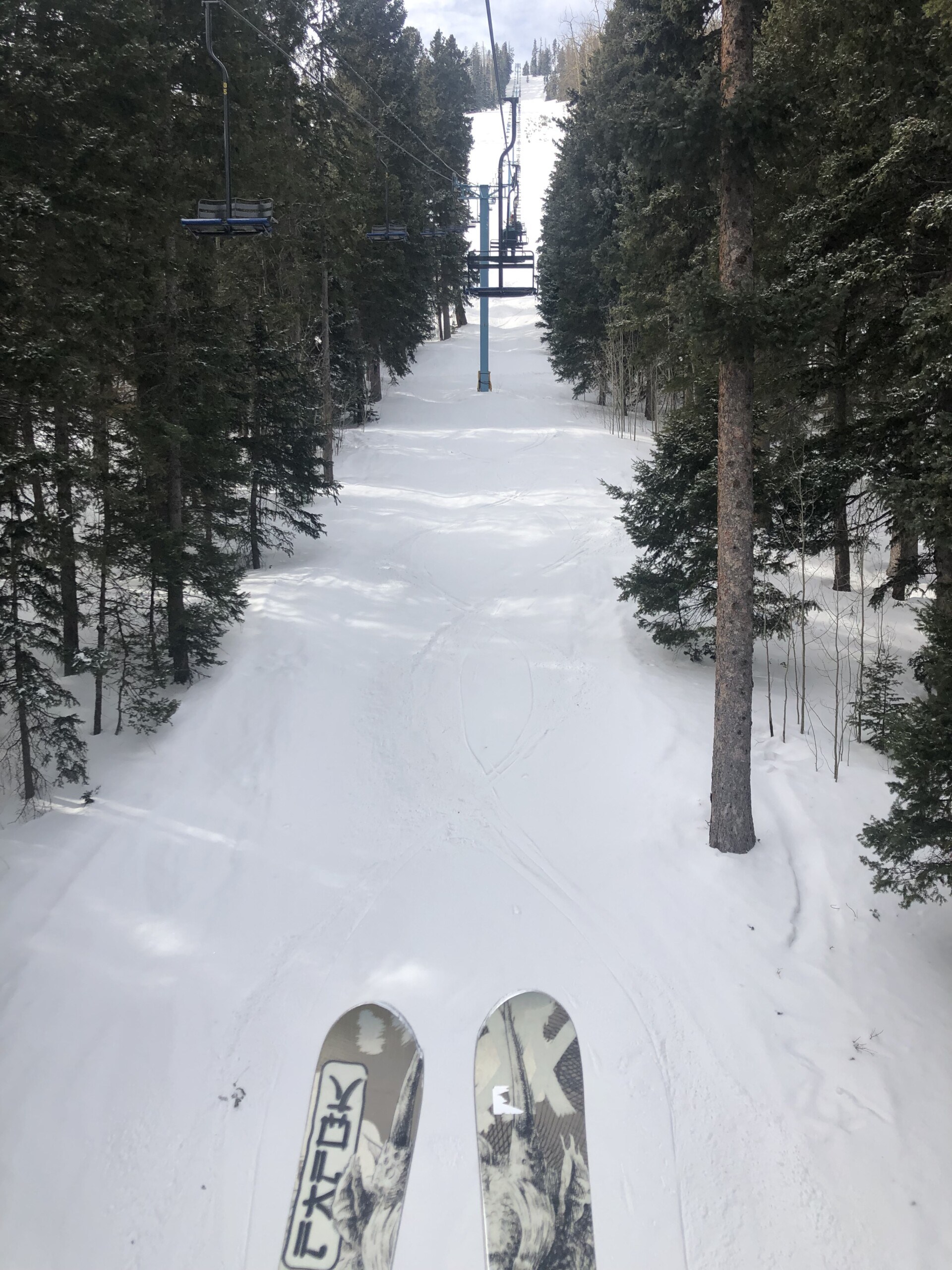
My ski buddy, Jim Walton, and I found his sentiments right on the mark. As we boarded the old double chairs and climbed to the 10,440-foot summit of the mountain, we noted there were four, maybe five people on the lift. Period. Under us lay blankets of untracked powder. Just three inches or so, but a nice canvas to etch graceful lines with quiet strokes.
At lunch we scored burritos and green chile hamburgers at modest costs. Jim’s $54 lift ticket seemed out of a different era, and could have been bought even cheaper online and comes with a $10 lunch certificate. On run after run, we found no one below us, beside us, or above us. A day with 1,500 skiers here is considered big. It was just us, and 100-mile views northward toward the Colorado border or east across the expansive pink and tan Rio Grande Valley to the towering Sangre de Cristos wrapped in snow flurries.
I was eager to explore the Townsight sector, which was closed for years due to drought and past fire. Unfortunately, we discovered it’s only open on weekends. The several hundred skiers on Thursdays and Fridays just doesn’t require the staffing and extra expense of running that chair. But, no matter. From easy groomers like Daisy Mae, Sundance and Pussycat rolling off the summit, to steep mogul runs like “Fab Four”—Nuther Mother, Sidewinder, Precious and Breathless—skiers and boarders of all abilities will find something to please them. With the soft pow on hand, we even had fun on green runs winding gently off the top, like Rim Run and I Don’t Care, where we played at the edges, whooping our way down.
Exciting Developments on Horizon
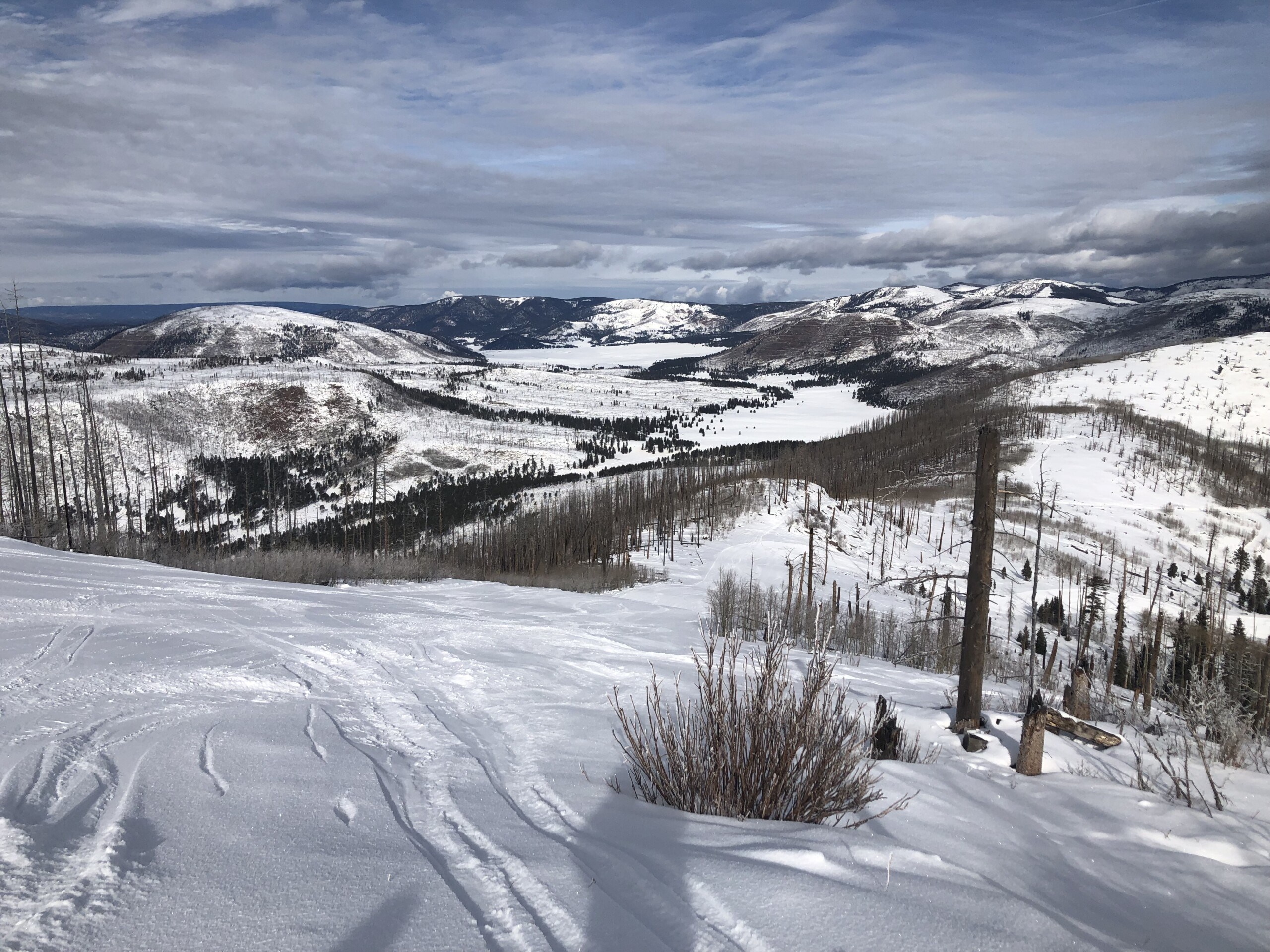
While the ski area maxed out its footprint and vertical potential at 1,440 feet, there are exciting new developments on the horizon. For years, there’s been talk about Los Alamos County extending a waterline to the ski area and Bellomy is pleased to announce, “It’s almost a done deal. I expect we will begin work on it this spring.”
With the waterline, the ski area’s reservoir—which they only fill in rare, wet summers—will now serve as a reserve water supply for summer firefighting in the adjoining national forest. And, its winter use will address the drying and warming climate issue that has increasingly handicapped Pajarito. The ski area will buy water for its winter use. This is a joint project of Los Alamos County, the U.S. Forest Service and Pajarito’s parent company, Mountain Capital Partners (MCP). It has received additional funding from state and federal sources. “This is the future of Pajarito,” notes Bellomy. “The reliability of Mother Nature is becoming more and more inconsistent,” so increased snowmaking is essential going forward and something they will invest heavily in.
What Else Might Be Coming… A New High-speed Lift?
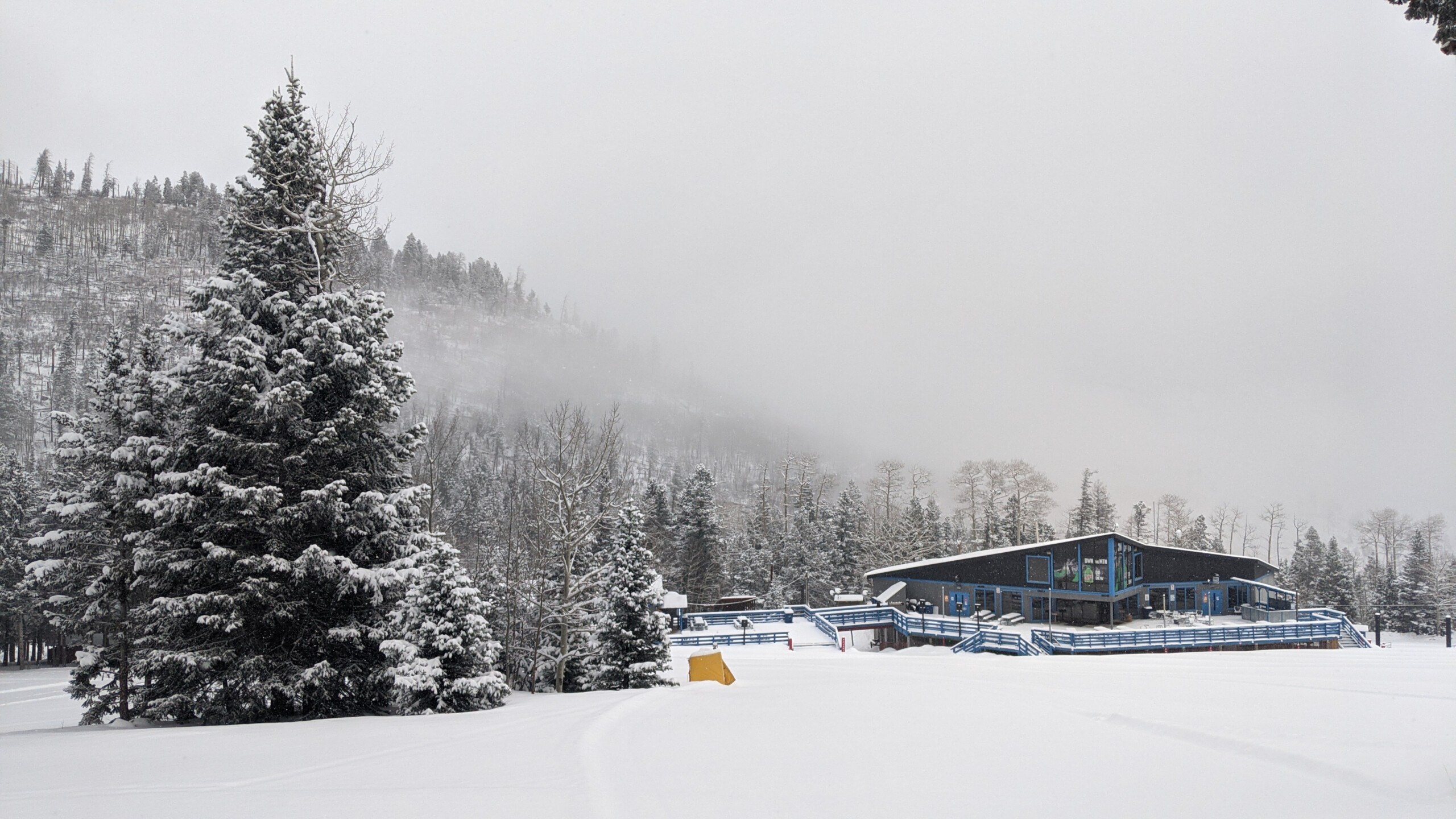
While the ski area’s 10 year plan is in development, Bellomy notes that their agreement with Los Alamos County calls on MCP to “continue to make capital improvements” to Pajarito. Thus, he is looking toward installation of a high-speed detachable quad chair within a few years. As soon as next season, there will also be upgrades to the beginner area. “On a busy day, our beginner terrain gets a little overwhelmed. There are a couple of easy fixes that we can pull the trigger on pretty soon.” Undeveloped land lies adjacent to the existing beginner slopes, he explains, with power and snowmaking capacity. A surface conveyor belt lift will be installed here. This will allow skiers to move progressively from the easiest existing terrain to a slightly steeper slope. From there, they can progress onto the existing beginner chair and its yet slightly steeper ground.
Ski Club Roots

Pajarito was largely built and its runs cleared beginning in the 1950s by members of the Los Alamos Ski Club (LASC). “I’m a bit of a ski area historian and I don’t know of a single other area in the country that was built and operated by volunteers,” Bellomy reflects. MCP bought almost all the land the ski area occupies and its infrastructure from LASC in 2018.
LASC members continue to contribute labor today. With Pajarito staff, they are clearing dead and down trees. These were charred in wildfires that roared through the east and west flanks of the ski area over the past 25 years. But Bellomy notes that it is such an immense task, it will largely be cleared only by natural decay and decomposition of the timber. “However, in the middle portion of the area, near the Aspen chair, I think there’s a lot of opportunity to create some great tree skiing. That’s absolutely on my to-do list!”
Bellomy also hopes to move to a daily operation schedule. And with this year’s good snow conditions, to also stay open into mid-April. But he notes, “We have no ambitions of building a boutique resort here, rather to simply carry forward its character.”
Background Suited to Task
He seems the perfect candidate to do so. “I started off as a kid as a racer, skiing mostly at Waterville Valley in New Hampshire, Hunter Mountain in New York, and Nashoba Valley in Massachusetts. When I was fourteen, I told my dad I was going to run a ski mountain some day, but he didn’t think that was a very good idea! He wasn’t supportive of my hope to go to college and study ski resort management, so instead I enrolled in the Marine Corp.” Following his service, he worked for a while for Raytheon, and then in air traffic management systems.
In 2003, Peak Resorts decided to reopen a local ski hill, Crotched Mountain, near Bennington, New Hampshire, which had closed in the 1990s. “So, I quit my day job and went to work for them as the snow making manager. We rebuilt that place from the ground up.” Next was a stint at Windam Mountain in New York, then at Saddleback in Maine. The latter, “unfortunately, included helping to close it down—one of the toughest things I’ve ever done. I loved that area and wanted to see it succeed.”
The Call Came… And Couldn’t Say No
He moved on to the much larger Sugarbush in Vermont. There he served as lift manager, while trying over a five-year period to find a buyer for Saddleback so it could reopen. Ultimately, their group was successful in finding a buyer. As he was preparing to move back to Maine and work again at Saddleback, MCP came calling. He came out to Pajarito for a site visit, and that was all it took for him to make the leap. “I wanted to come West thirty years ago but was coached in a different direction,” he concludes. “Now that I’m here, I wonder why I didn’t do this then! I am super pleased to be here. It’s an honor to be a part of this, and part of the solution to be sure this place is here for generations to come.”





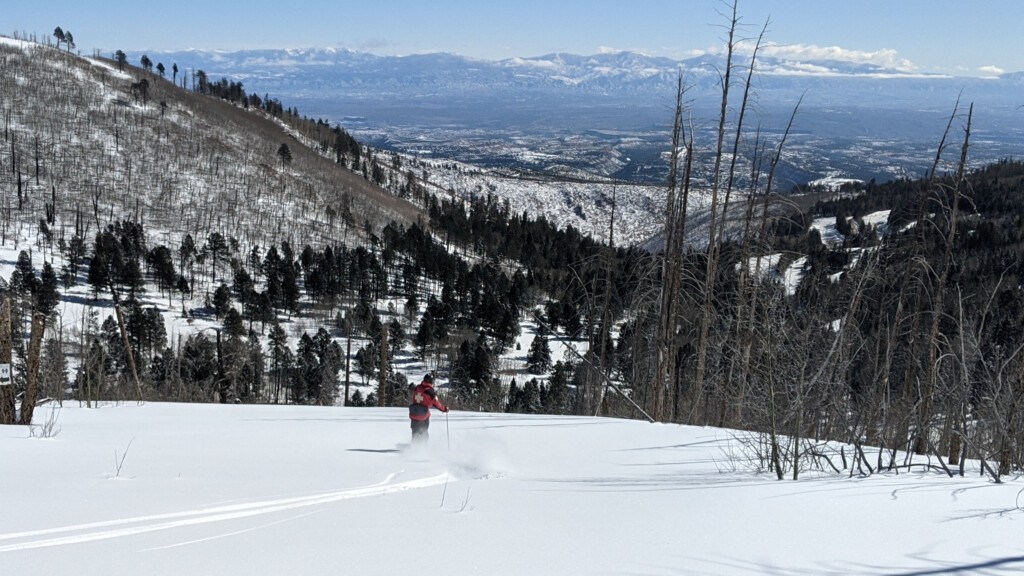
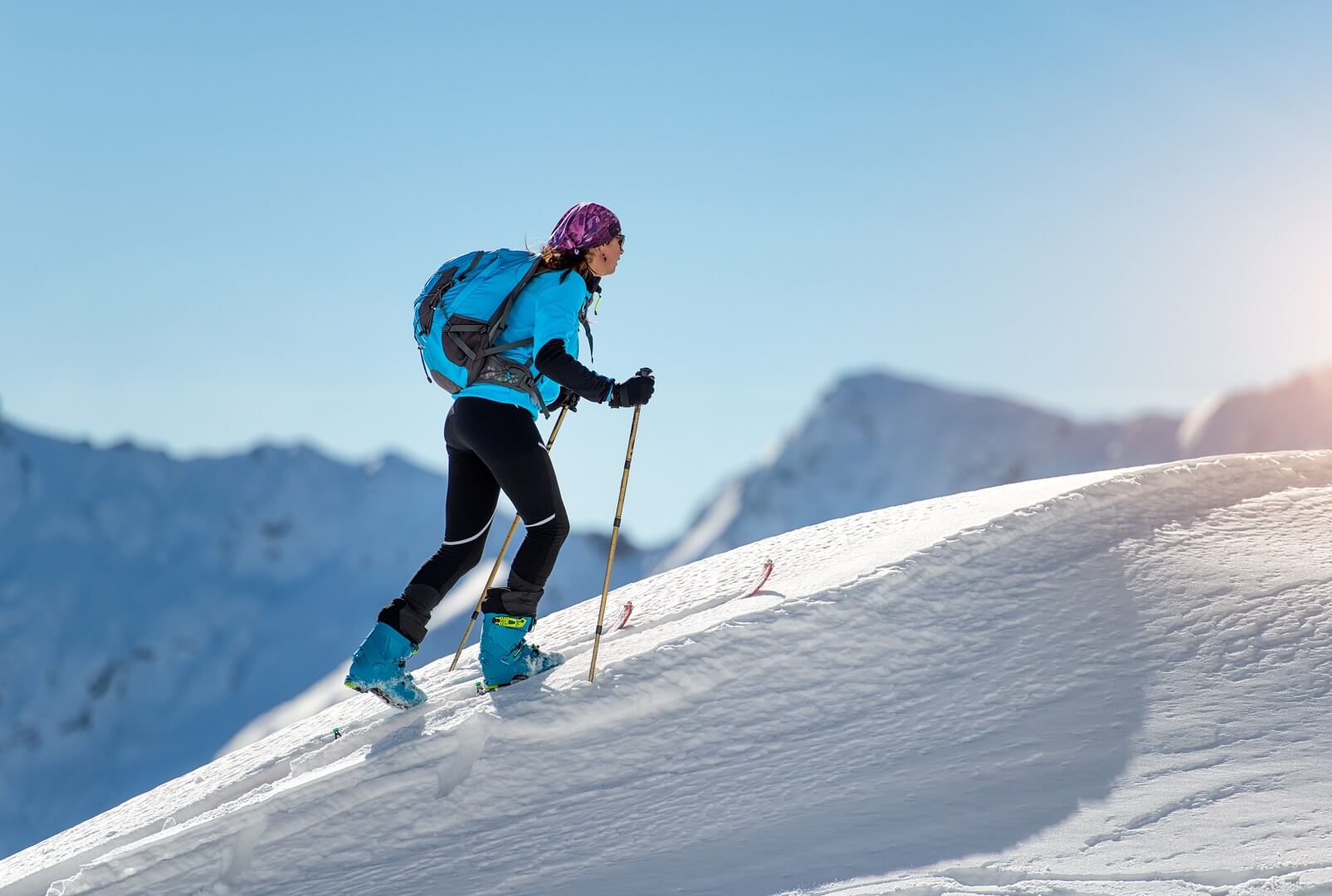
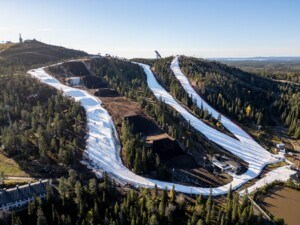
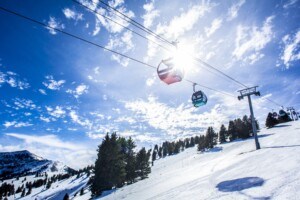



Your passion for SEO shines through in this post. It’s informative, engaging, and incredibly helpful.
Keep up the great work!
The caption is incorrect on the second photo. The Aspen Chair is a triple. That’s a picture of riding the Mother Lift.
Happy to hear glades and snowmaking improvements are coming, but a detachable lift seems like a waste of money when the ride times are not an issue on the current lifts. MCP should put money into lifts at Hesperus, Sandia, and Nordic Valley, all of which are lacking a fully operational fleet.
Gustave: thanks for the correction! I’ve changed the caption….I think the idea behind the high-speed chair is to reduce lift lines by boosting uphill capacity. But MCP seems to have deep pockets and I expect you’ll see improvements across all their properties in coming years.
I skied four days over New Years and never waited more than five chairs, and usually 0-1. Adding a high speed would not only cost several times more than a new fixed grip, but also would require the maintenance staff there to have additional skills and would increase maintenance costs. They could probably put in new fixed grip lifts on the Aspen and Mother lines for less than one high speed.
Gustave: Good point. They plan to make more snow and have more consistent conditions and thus boost skier visits, so maybe they are looking ahead….
Excellent web site you’ve got here.. It’s difficult
to find quality writing like yours these days.
I really appreciate people like you! Take care!!
Great article, enjoyed the detailed information. Thank you!